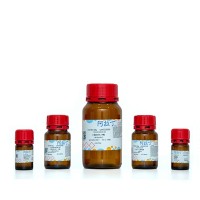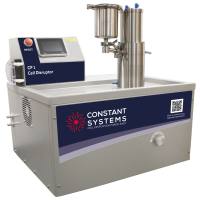Gel Shift Assay Systems
互联网
The gel shift, or electrophoretic mobility shift, assay provides a simple and rapid method for detecting DNA -binding proteins. This method has been used widely in the study of sequence-specific DNA -binding proteins such as transcription factors.
The assay is based on the observation that complexes of protein and DNA migrate through a non-denaturing polyacrylamide gel more slowly than free DNA fragments or double-stranded oligonucleotides.
The gel shift assay is performed by incubating a purified protein, or a complex mixture of proteins (such as nuclear or cell extract preparations), with a 32 P end-labeled DNA fragment containing the putative protein binding site.
The reaction products are then analyzed on a nondenaturing polyacrylamide gel. The specificity of the DNA -binding protein for the putative binding site is established by competition experiments using DNA fragments or oligonucleotides containing a binding site for the protein of interest or other unrelated DNA sequences.
Promega has developed Gel Shift Assay Systems that contain target oligonucleotides, control extracts containing DNA -binding proteins, binding buffer and reagents for phosphorylating oligonucleotides.
The Core System includes an E. coli extract containing cloned AP2 protein (AP2 Extract) and an AP2 Consensus Oligo. This is a reliable system for obtaining experience with gel shift assays because AP2 binding activity is stable and produces a strong gel shift.
In addition, the Core System contains an SP1 Consensus Oligo, Gel Shift Binding 5X Buffer and sufficient HeLa Nuclear Extract to perform 20 control reactions.
The complete system contains five additional double-stranded oligonucleotides that represent consensus sequences to characterized binding sites. These oligonucleotides can be end-labeled and used as protein-specific probes or as specific or nonspecific competitor DNA in competition assays.









